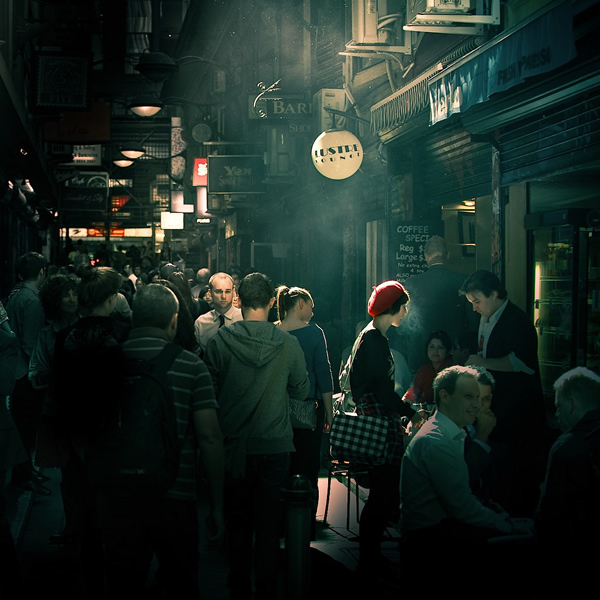3 Easy Facts About Street Photographers Shown
3 Easy Facts About Street Photographers Shown
Blog Article
Rumored Buzz on Street Photographers
Table of ContentsSome Known Details About Street Photographers How Street Photographers can Save You Time, Stress, and Money.Indicators on Street Photographers You Should KnowStreet Photographers Things To Know Before You BuySome Ideas on Street Photographers You Need To Know
Road photographers do not always have a social purpose in mind, yet they prefer to separate and capture minutes which may or else go undetected.Though he was affected by a lot of those who affected the street professional photographers of the 1950s and '60s, he was not chiefly interested in capturing the spirit of the road. The impulse to aesthetically document individuals in public started with 19th-century painters such as Edgar Degas, douard Manet, and Henri de Toulouse-Lautrec, who worked side by side with digital photographers attempting to capture the essence of metropolitan life.
Because of the relatively primitive modern technology available to him and the long exposure time called for, he struggled to capture the stress of the Paris roads. He trying out a collection of photo techniques, trying to locate one that would certainly permit him to record motion without a blur, and he located some success with the calotype, patented in 1841 by William Henry Fox Talbot. As opposed to Atget, photographer Charles Marville was hired by the city of Paris to develop an encyclopaedic document of Haussmann's urban preparation project as it unfolded, thus old and brand-new Paris. While the photographers' subject was essentially the same, the outcomes were significantly various, showing the effect of the professional photographer's bent on the character of the pictures he produced.
Some Of Street Photographers
Offered the fine top quality of his pictures and the breadth of material, engineers and artists often acquired Atget's prints to use as recommendation for their very own work, though business interests were barely his major motivation. Rather, he was driven to photograph every last residue of the Paris he loved. The mingled passion and urgency of his objective sparkle through, resulting in photographs that tell his own experience of the city, top qualities that anticipated street photography of the 20th century.

Unlike his peers, Brassa utilized a larger-format Voigtlnder video camera with a much longer exposure time, forcing him to be extra computed and thoughtful in his method than he could have been if using a Leica.

Street Photographers for Dummies
It is as a result of this essential understanding of the art of image taking that he is learn the facts here now often credited with rediscovering the tool throughout again about a century since its creation. He took pictures for more than a half century and affected generations of photographers to trust their eye and intuition in the moment.
These are the questions I shall try to address: And after that I'll leave you with my very own definition of street digital photography. Yes, we do. Allow's start with defining what a definition is: According to it is: "The act of defining, or of making something certain, distinct, or clear".
No, definitely not. The term is both limiting and misinforming. Seems like a road digital photography need to be images of a roads appropriate?! And all street photographers, with the exception of a handful of absolute novices, will totally value that a road is not the essential element to street photography, and actually if it's a photo of a road with perhaps a few dull people doing absolutely nothing of passion, that's not road photography that's a photo of a street.
All About Street Photographers
He makes a valid point do not you think? However, while I agree with him I'm not certain "candid public digital photography" will capture on (although I do type of like the term "candid photography") since "road digital photography" has been around for a long period of time, with numerous masters' names affixed to it, so I think the term is right here to remain.
Inside?! I hear you yell as you shake your fist to the skies. Why not? You can fire at the beach, at a festival, in a street, in a park, in a piazza, in a coffee shop, at a museum or art gallery, in a metro terminal, at an event, on a bridge, under a bridge ...
Yes, I'm scared we have no selection! Without regulations we can not have a meaning, and without have a peek at these guys a meaning we do not have a style, and without a category we don't have anything to specify what we do, therefore we are embeded a "regulations definition category" loop! more tips here And no-one intends to get embeded a loophole. - Street Photographers

Report this page